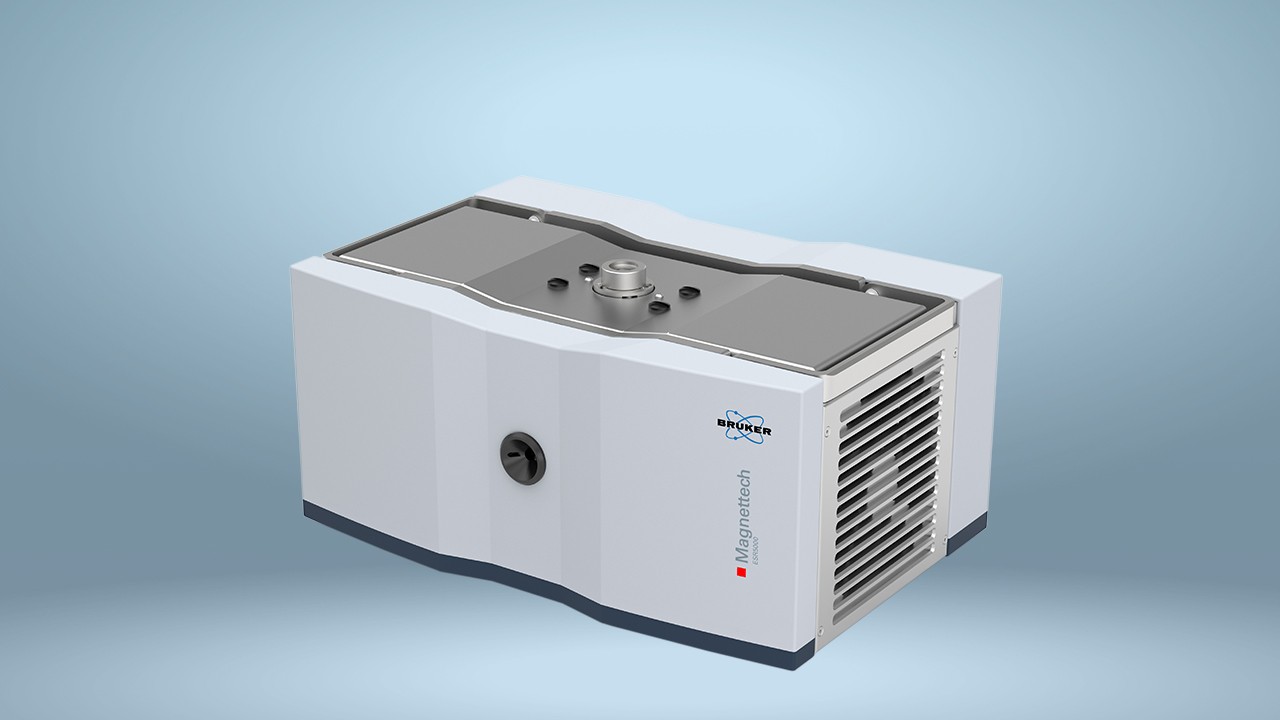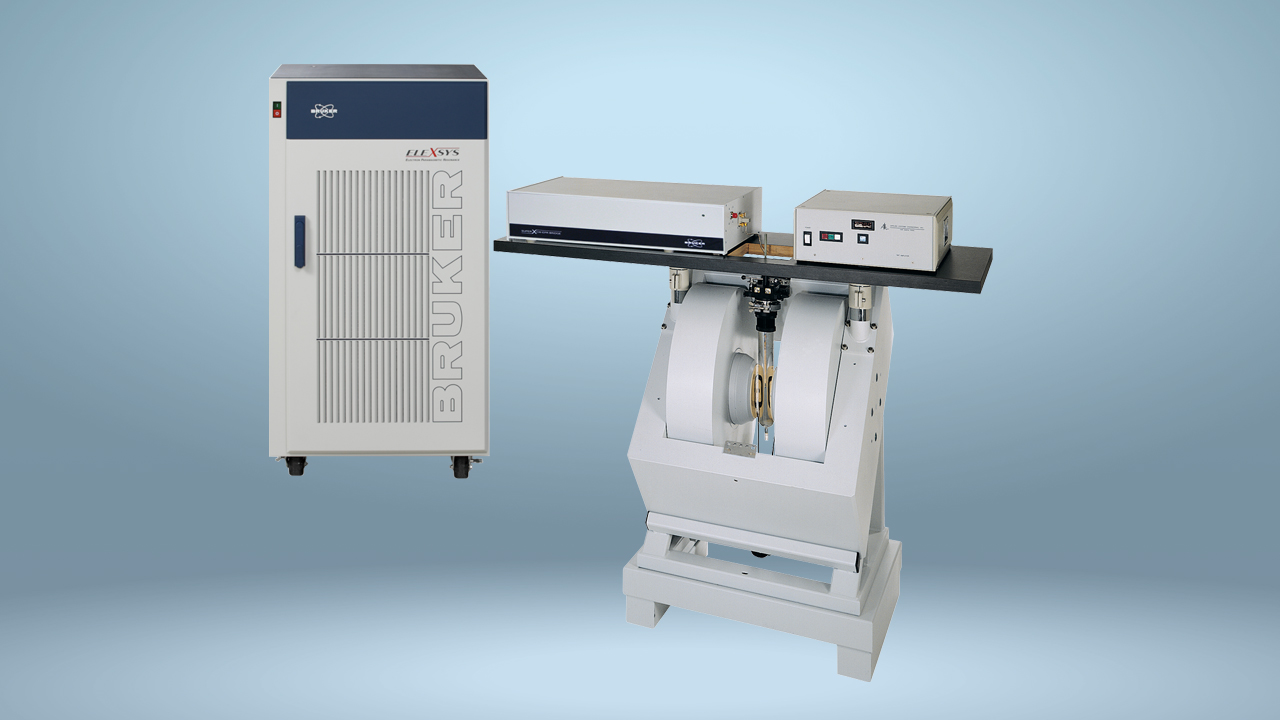

NMR is Unraveling the Secrets of Intrinsically Disordered Proteins
“We propose that IDPs could be widely useful as cryoprotectants/lyophilization protectants for enzymes and proteins including biological therapeutics.”
Bioinformatics techniques have been developed to predict whether a protein may be intrinsically disordered based on its amino acid structure, but analytical methods are still required to confirm no tertiary structure exists. NMR is one of the best ways to identify IDPs.
In recent years, research has uncovered a class of biological proteins known as intrinsically disordered proteins (IDP) that do not adopt specific folded structures under physiological conditions. Scientists are now working to understand what IDPs are, what they do, and how we can exploit their properties.
IDPs are a large class of flexible proteins with no tertiary structure under biological conditions and very little secondary structure. IDPs contain an abundance of amino acids that promote disorder, such as hydrophilic and charged amino acids, like alanine, arginine, glycine, glutamine, serine, proline, glutamic acid, and lysine. As a result, IDPs are often hydrophilic and charged, giving them different functional properties compared with structured proteins.
NMR is a popular solution for identifying and characterizing IDPs, as it can be conducted under physiological conditions and provides information about an IDP’s residual structure, function, and dynamics.
NMR spectra of IDPs have characteristic features. The polypeptide chains of IDPs rapidly convert between multiple conformations, resulting in poor dispersion in 1H NMR spectra, with signals clustered around the 8.0-8.5 ppm region. In contrast, 1H spectra of structured proteins show much more dispersion, with chemical shifts ranging from 6.50-10.0 ppm.
Comparing the dispersion of chemical shifts in 1H spectra provides an easy way to confirm that a protein is disordered. Assigning resonances requires multidimensional NMR, with researchers typically obtaining 2D heteronuclear single quantum coherence (HSQC) spectra when investigating IDPs.
Do IDPs have cryoprotective properties?
Some scientists suspect that many IDPs may have cryoprotective properties. A group of researchers from Japan have recently published an article in the International Journal of Molecular Science, outlining their efforts to find out if this hypothesis is correct.
The researchers used bioinformatics to identify potential IDPs from human genome databases. They then randomly selected six likely IDPs and expressed them. They used 1H-15N NMR to confirm whether the expressed proteins were disordered before investigating their cryoprotective and lyophilization properties.
The team obtained HSCQ spectra of the potential IDP using an Avance III 600 MHz NMR spectrometer from Bruker. The spectra they obtained confirmed that five of their six predicted IDPs showed characteristic clustering of the 1H chemical shifts between 7.6 and 8.6 ppm, demonstrating their disorder.
When they investigated the properties of the five confirmed IDPs, they found that they all demonstrated cryoprotective properties, despite having unrelated amino acid sequences.
Cryoprotectant proteins derived from human-genome sequences offer a significant advantage over other cryoprotectant proteins as they do not cause an immunological response, meaning they are suitable for medicinal use.
There are many more IDPs that have not yet been identified or fully researched. NMR will most likely continue to play a central role in investigating IDPs so we can fully exploit their properties.
Reference
Matsuo N, et al. Discovery of Cryoprotective Activity in Human Genome-Derived Intrinsically Disordered Proteins. International Journal of Molecular Sciences, 2018. DOI: 10.3390/ijms19020401.


